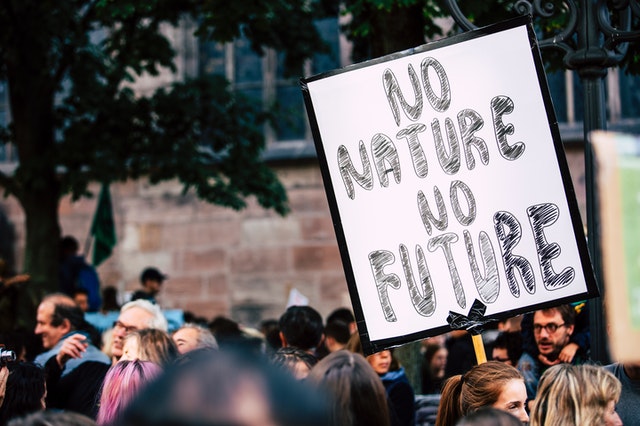
Let’s take a deep dive into biodiversity to help you understand how important it is. Biodiversity refers to the many kinds of organisms found in an area. These organisms–animals, plants, trees, insects, fungi, microbes, soil organisms and humans–are dependent on each other for survival.
Every organism within an ecosystem has a specific function, and all work together to keep Earth’s ecology balanced. This interdependence is known as the web of life. We humans are a part of the web of life. What affects the web affects us. The removal of a species can upset an ecosystem’s delicate balance. When one species goes extinct, it changes the way other species interact with one another. And we have no idea how many species we can lose before the entire web collapses.
An ecosystem with a rich biodiversity is strong and resilient. Biodiversity is the foundation that supports everything we humans need to survive. We often take these gifts of nature for granted: food, clean water, medicine, shelter and climate regulation. Without a healthy biodiversity, human life would not exist. That’s how important it is.
Unfortunately, biodiversity loss in today’s world is causing ecosystems to breaking down. You may have heard about the insect apocalypse, the sharp decline in the number of birds, and animal species extinctions. Causes of biodiversity loss include climate crisis, habitat loss, fragmented habitat due to human development, excessive and unsustainable use of the Earth’s resources, deforestation, land and water pollution, pesticide sprays and invasive plant species.
The good news
Here’s the good news: we can change the way we interact with the rest of life on Earth. As we learn more about biodiversity, we will be inspired to take action to help ensure healthy ecosystems and species survival. While attending to our own properties is important, we also need to consider the big picture. We can work to support open space initiatives and improve environmental policies in our local communities. Conservation efforts by local communities and ordinary people are necessary to stop deforestation and protect habitat in national parks and wildlife refuges.
On a personal level, important tasks are removing invasive species on our properties, adding native plants to our gardens, decreasing lawn size, and forgoing the use of toxic pesticides. And let’s not forget our own lifestyle choices, which can have a large impact on biodiversity and the environment.
One outstanding person who is making a difference in the world of biodiversity is University of Delaware professor Doug Tallamy. His Homegrown National Park initiative, books, videos and lectures are incredibly inspiring and have awakened many people to the importance of planting natives and protecting biodiversity on their properties.
The following photos are examples of what you will see on your property if you implement Dr. Tallamy’s plan:
What you can do
*Knowledge is power. Learn all you can about biodiversity.
*Convert part of your lawn and your garden from ”alien” (ornamental) plants to native plants and trees.
*Get your kids involved! They are the future stewards of the earth.
*Support Open Space initiatives in your community
*Check out the Fantastic Fungi documentary on Netflix. It’s a real eye-opener into the unseen world of nature.
*Use outdoor lights with a motion sensor, or use yellow lightbulbs to protect moths.
*Learn about Pennsylvania moths They are pollinators too!
*Learn what lifestyle changes you can make to mitigate climate crisis
*Join Transition Town Media’s Biodiversity FaceBook page.
*Educate and encourage your neighbors to plant natives and stop toxic spraying.
*Explore Homegrown National Park
*Share your ideas or experiences by commenting to this blog!
I hope I have stimulated your interest and inspired you to take action by this deep dive into biodiversity.

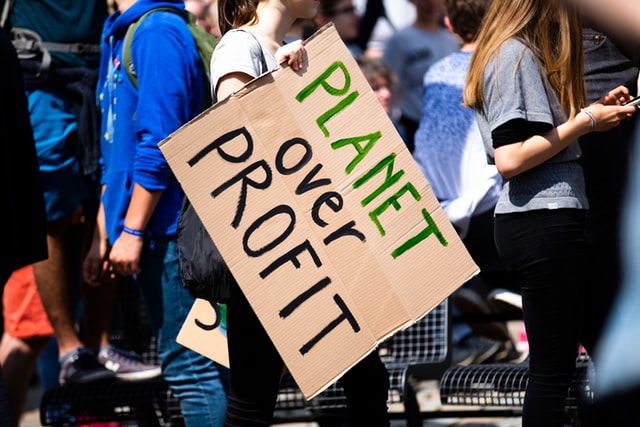
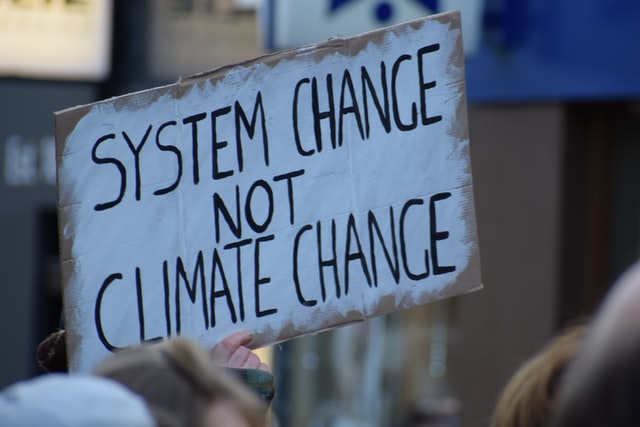
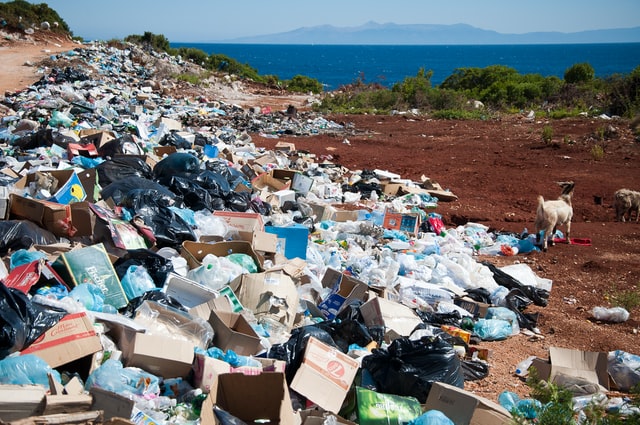
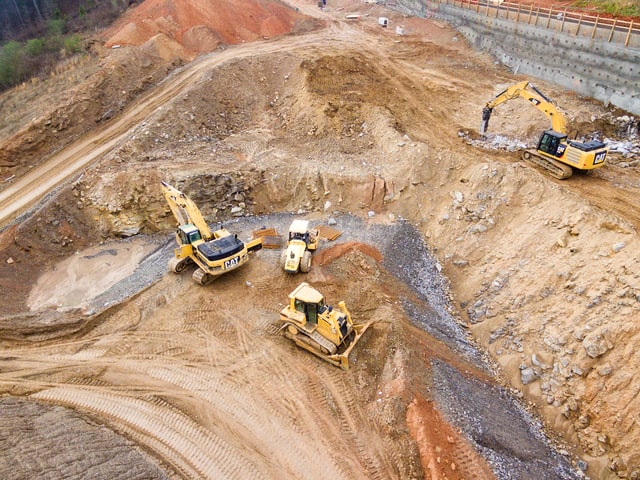
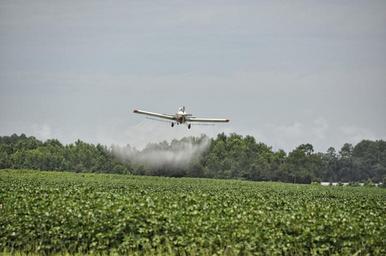
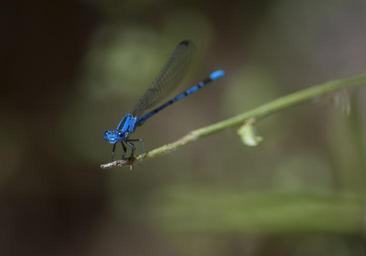
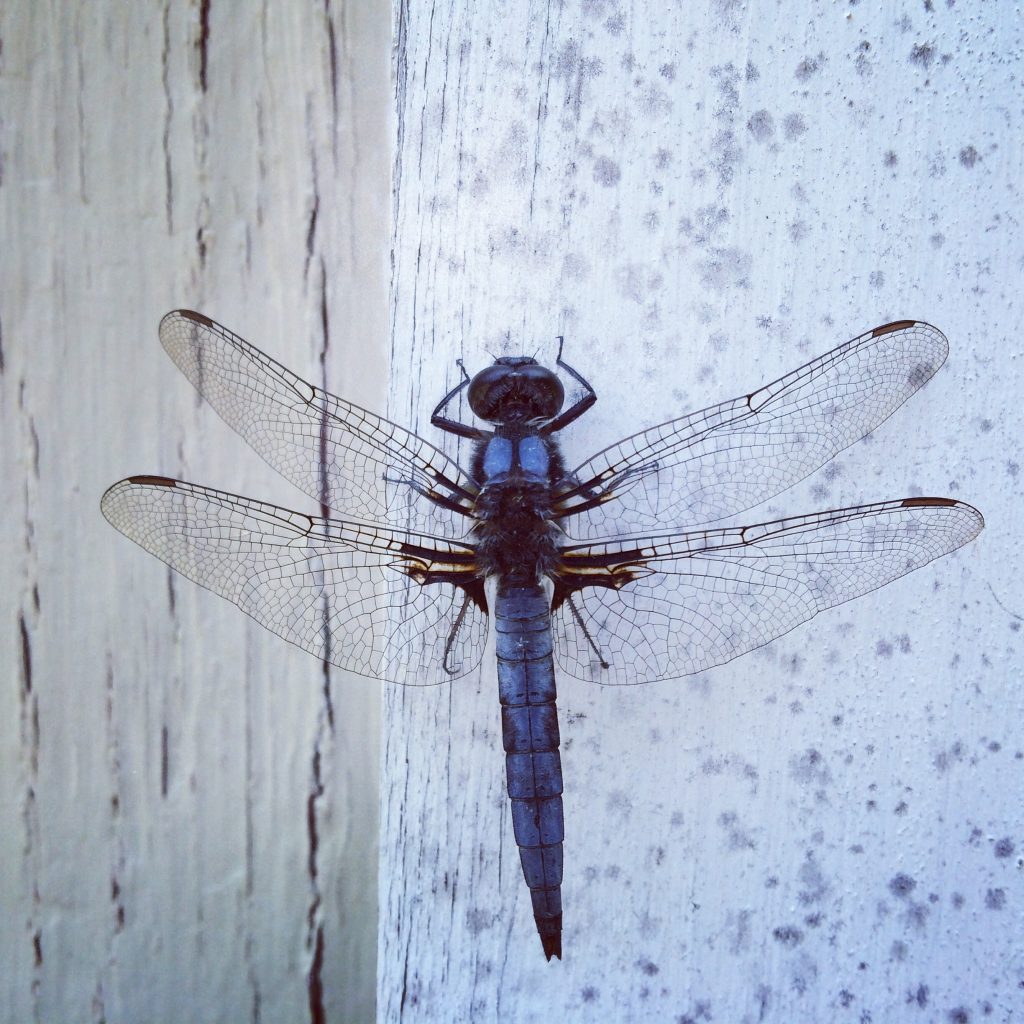
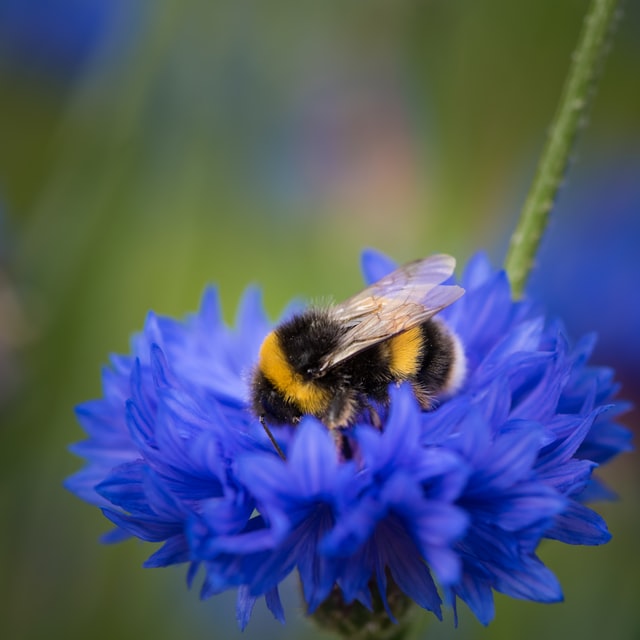

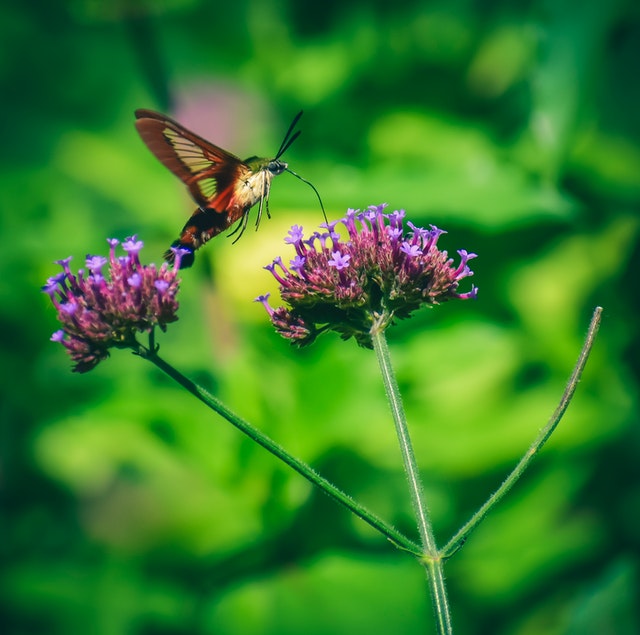

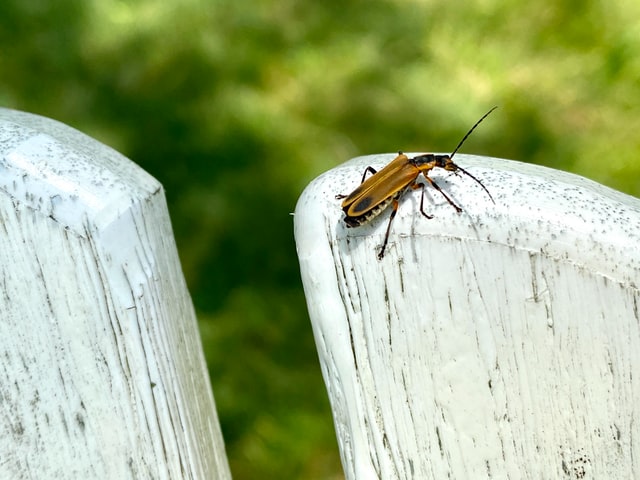
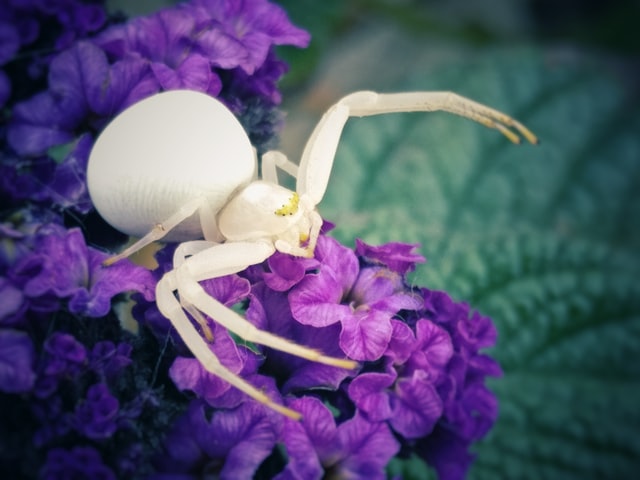
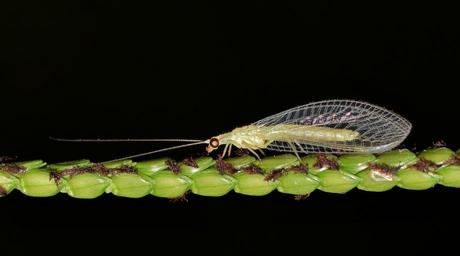
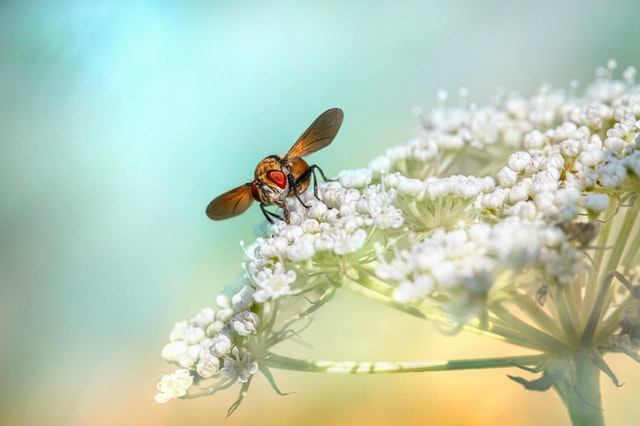
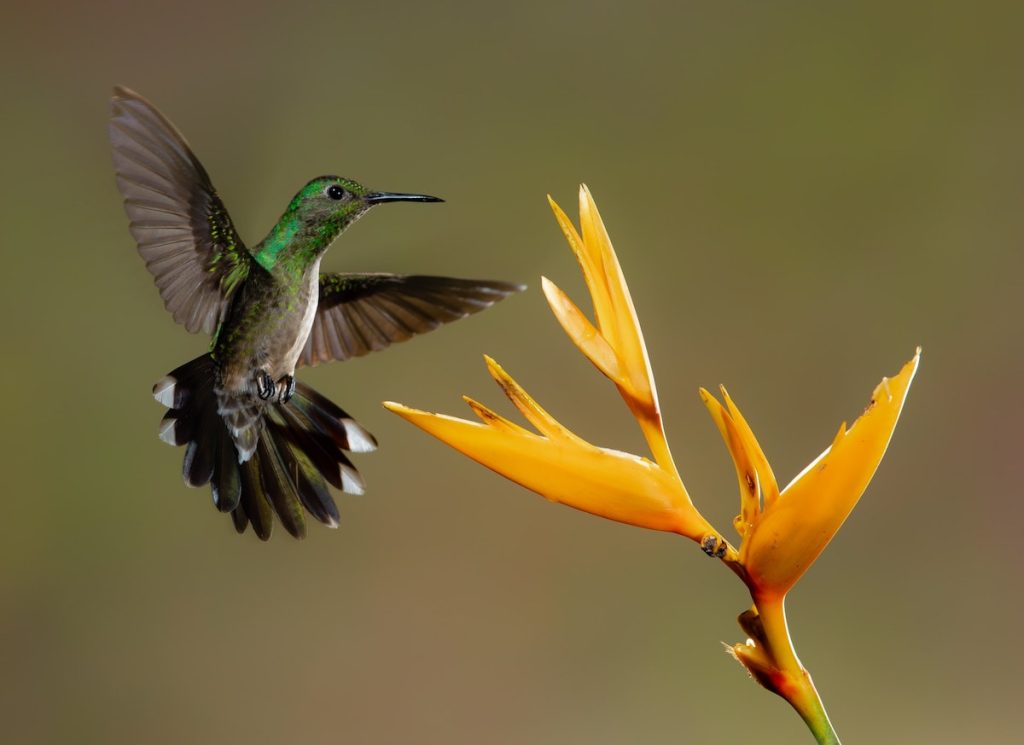
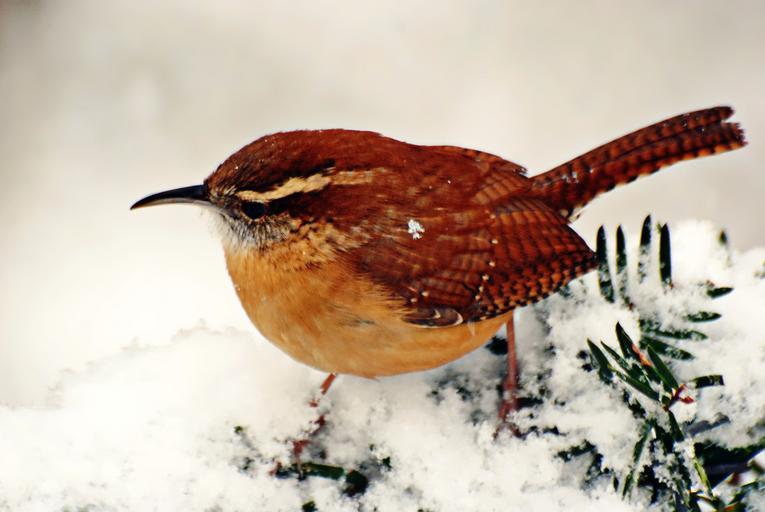

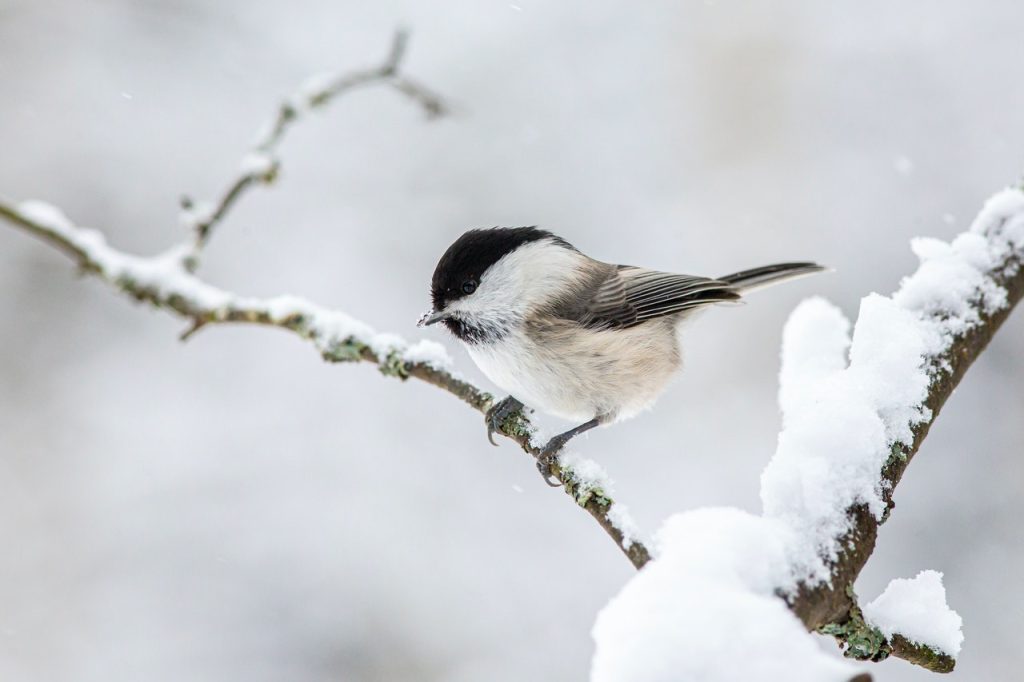

Leave a Reply